Are you looking for an interior design trend that is quintessentially British? Do you love the traditional design seen in English country homes? The iconic British cottage interior is instantly recognised for its romantic charm, its perfect balance of rustic elements and traditional glamour, as well as a focus on quiet, toned-down luxury.
While the British cottage trend can be achieved on a budget, the narrative is very much led by quality design. But this is never – we repeat, never – in a flashy or grandiose way. The cottagecore aesthetic idealises rural life, and that means enjoying life’s riches without ostentation.
So when it comes to nailing this look, it’s important to have a considered approach to each design element you choose (in other words, spend your money wisely). This is key when it comes to attaining authenticity because recreating a cottage vibe in a modern property isn’t always easy.
If you love traditional British-inspired cottage interiors, here are the 6 design rules to follow:
1. If in doubt, choose natural
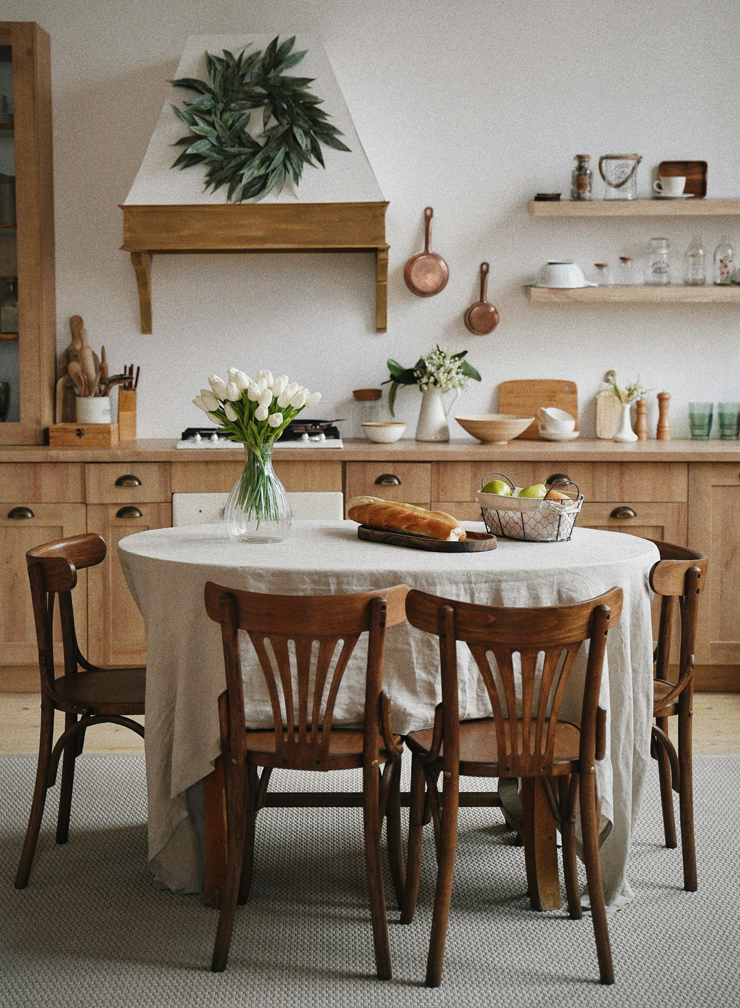
This rule is an easy one. If there’s a choice between natural materials vs. synthetic, opt for natural every time. Organic elements in the home never fail to impress, and this is true across every home style. But for the classic British cottage interior, it’s kind of non-negotiable.
It’s also preferable to choose the best product your budget can stretch to. However, that’s not to say you can’t cut back in other areas. There are so many ways you can include natural materials in your home design at a lower cost. Focus your attention on those smaller ticket items, such as wicker baskets and woven storage, rustic vases and pottery, wooden finishes on decorative pieces, natural-looking textures on throws and cushions, and low-cost finishing touches such as dried foliage and flowers.
If you’re lucky enough to have exposed brick or stone walls, you’ll have a head start for your organic transformation. But if you need a solution that doesn’t cost the earth, our rustic brick murals could be a great way to get the look for less.
2. Splash your cash wisely
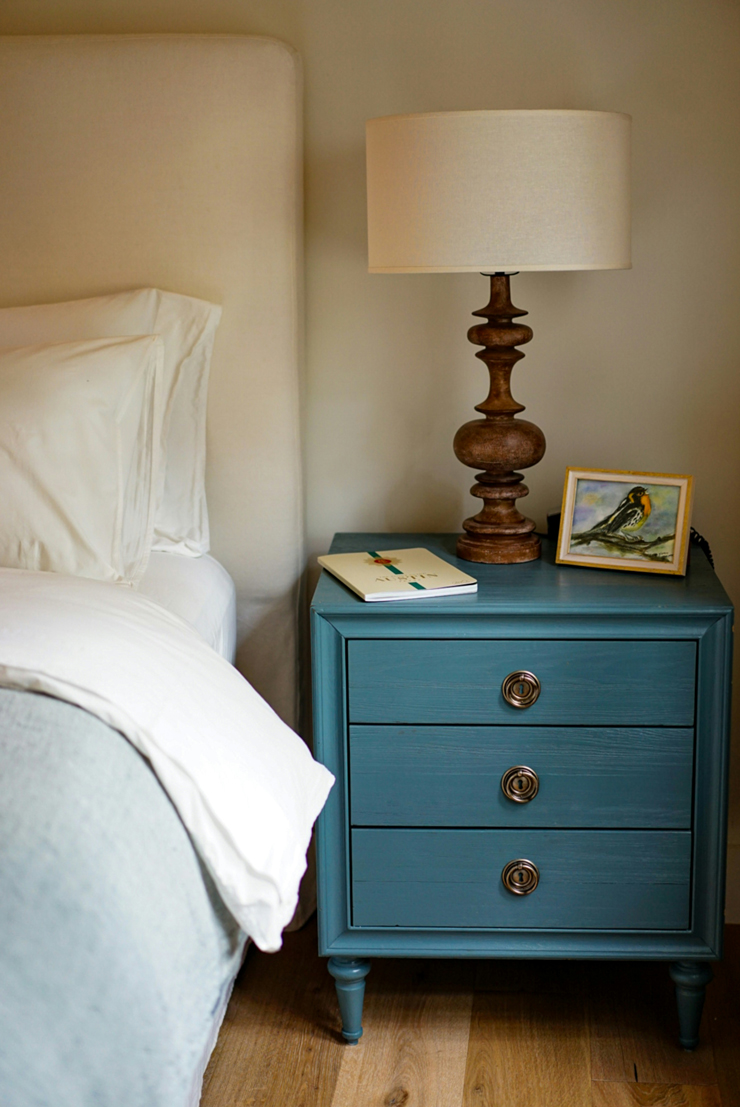
Another rule to abide by when recreating the British cottage interior concept is to splurge with care. It doesn’t matter whether your budget is big or small – higher-value pieces need to have thoughtful decision-making behind them, and this means taking all of your other design elements into consideration.
This is because English cottages often exude quality design, but they rarely ever overstep into showy or grand. Think low-key luxury purchases, modest decor that blends into the environment, and tasteful furnishings that don’t display an obvious price tag.
A good way to make this work is to choose a few top level items to indulge. For bedrooms, this could be traditional wall panelling, silk or Egyptian cotton bedding, or a premium cottage-style wallpaper such as designs from William Morris.
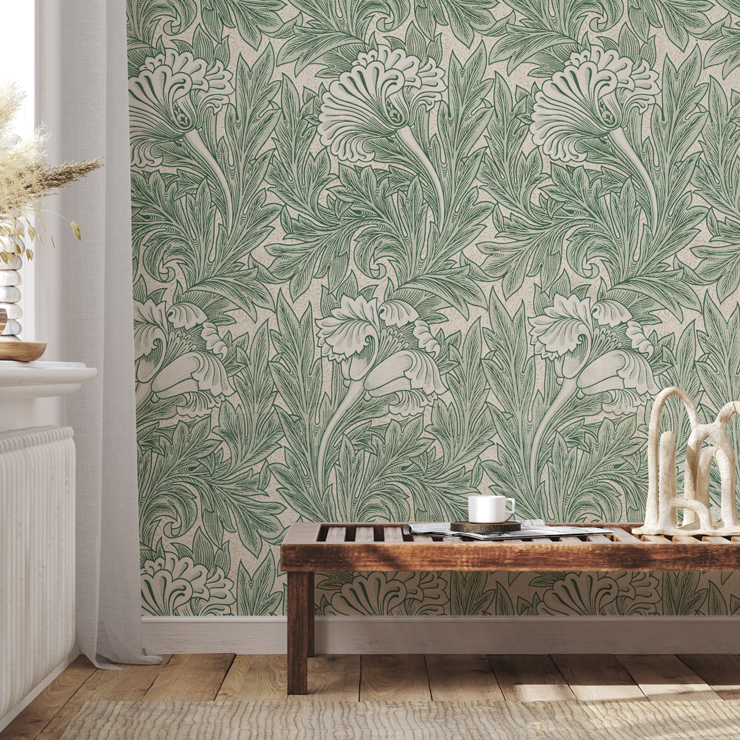
Mural in image: Tulip Pattern
A classic that we just can’t get enough of is the ‘Tulip Pattern’ wallpaper from our William Morris collection. It’s a quick and easy way to inject subtle opulence into any style or size of property, while still keeping things grounded.
3. Use British cottage interior colours
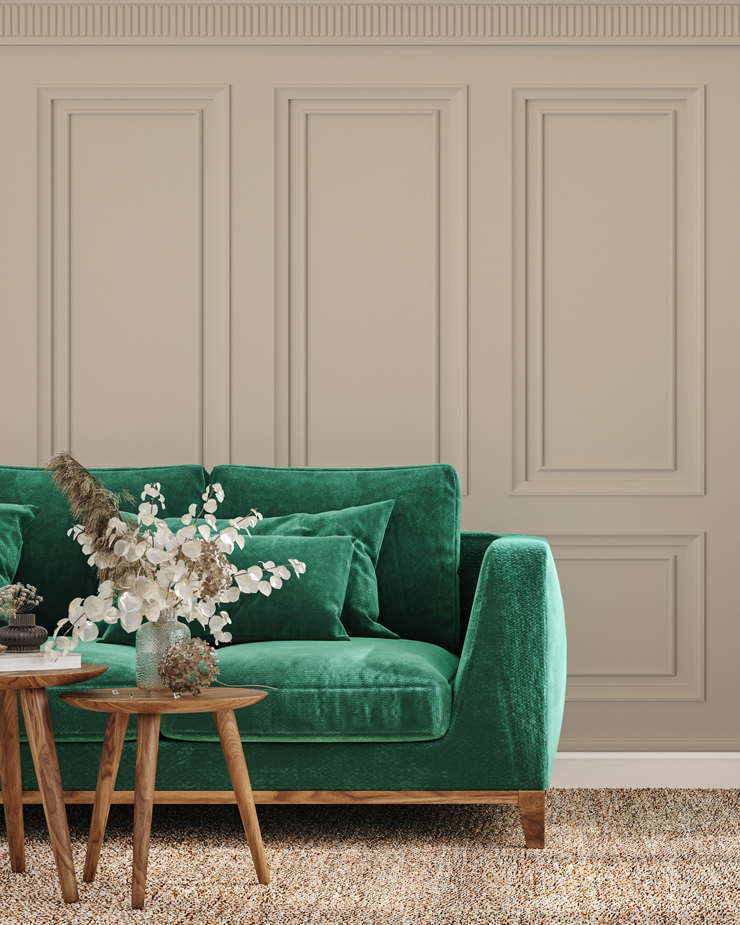
Mural in image: Beige Wood Panels
There are no hard and fast rules for cottager colour palettes, but some colours are just a lot more quintessential than others. Generally, you’ll find warmer colours tend to do better for this aesthetic, simply because cool-toned colours or pure white are often associated with minimalist homes and contemporary properties.
If you want to stick with neutral for your walls, lean towards warmer undertones. Creams, off-whites and earthy tones may work best. Or for another classic British cottage look, opt for colours that are linked to nature.
Sage greens, dark olive greens and other herbaceous hues have been a long-time favourite, never going out of style in countryside homes. Tonal greens inspired by country gardens are the perfect way to instantly elevate your interior colour palette, giving your space an air of sophistication too.
4. Get acquainted with biophilia
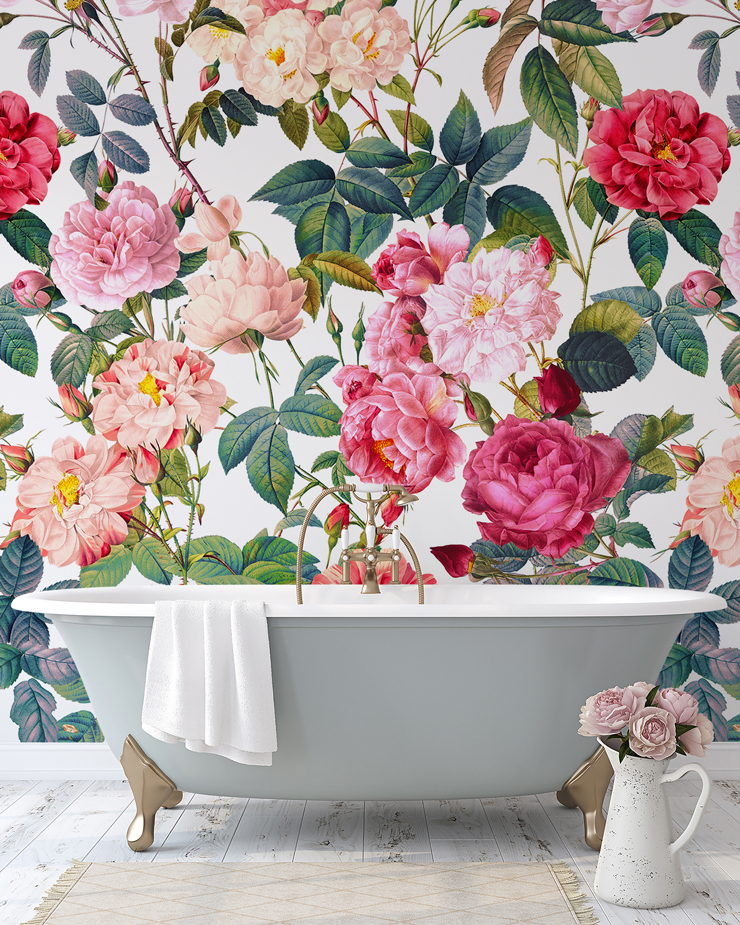
Mural in image: Pretty Rose Garden
The art of biophilic design is truly timeless, and that’s why it’s so well-suited for cottage interiors. Traditional florals are the way to go if you want to embrace beautiful botanicals in your home. Plus, there’s no better way to add colour to your interior concept than with flowers.
We particularly love floral wallpapers in country properties because there’s so much tradition behind this look. The height of floral design in wall coverings happened during the Rococo and Victorian eras of the 18th and 19th centuries. Yet, floral wallpapers have remained a key style ever since, transcending the law of trends.
If you want to make sure your choice of floral wallpaper fits in with your country design, stick with the English garden classics – roses, geraniums and peonies are definitely failsafe options.
5. Invest in soft furnishings
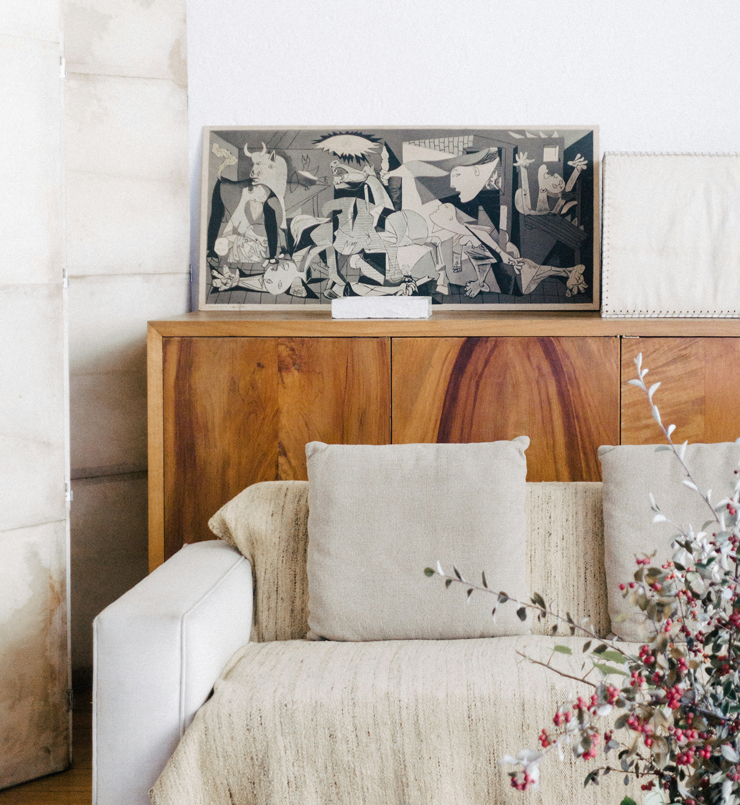
When it comes to British cottage décor, soft furnishings is something you can’t cut corners on. An authentic cottage home uses texture to create layers, adding depth and dimension, and building a sensory experience that can be consumed by touch, not just sight.
This is how understated luxury is achieved in many countryside properties. Soft furnishings can be subtle additions to your space, and the level of luxury can often only be realised through the smooth feel of silk, or the plush sensation of velvet, going far beyond aesthetics.
Another way to include texture in your design concept is with texture wall murals – these are low cost ways of adding interest and intrigue to your walls in a visual way.
6. Throw out the design rulebook
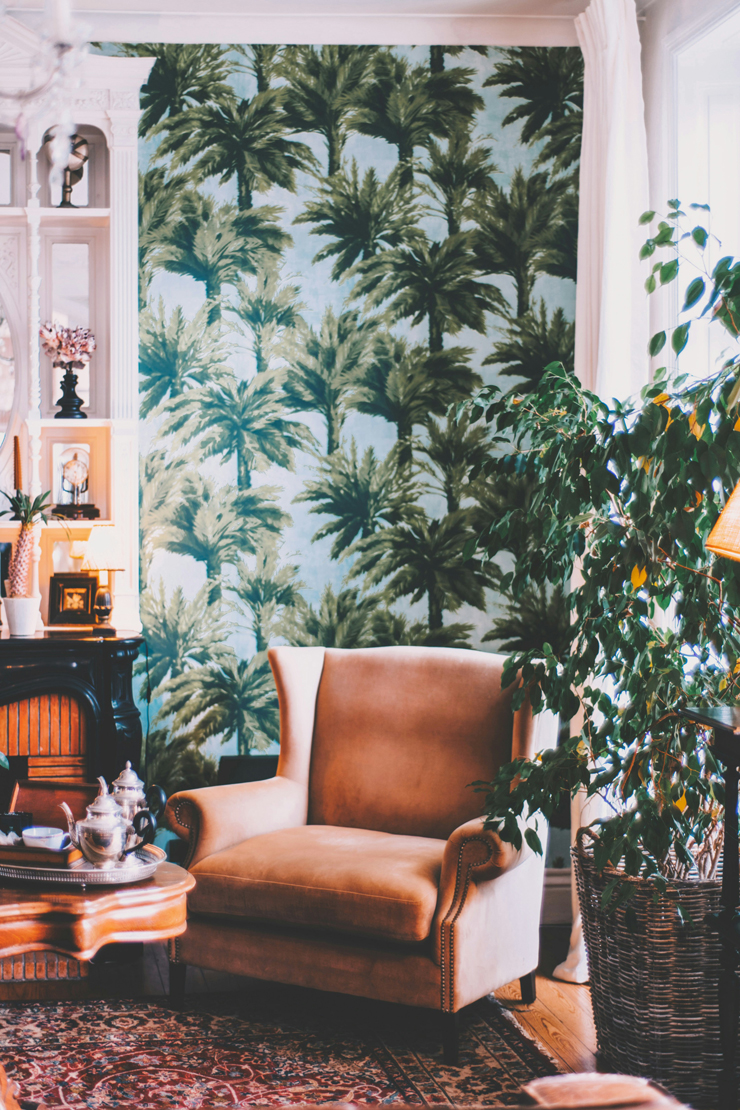
The final ‘rule’ for British cottage home design is to ignore a lot of standard design rules. This goes for quite a few things that you often come across in the world of interiors. For instance, while having too many patterns can cramp a minimalist home, traditional cottages often benefit from a bit of print clashing.
So go right ahead – combine different wallpapers to create a bold contrast, put paisley cushions next to your Chinoiserie, and layer on different vintage fabrics with reckless abandon. You don’t need to stick to a formula here. Instead, follow your heart and go with what inspires you the most.
Additionally, colour combinations that are usually a ‘no-no’ can be embraced. As an example, the idea that “blue and green should never be seen” can be cancelled out, as long as it’s well-executed.
What do you think to our British cottage design rules? Let us know if you have any tips for nailing this interior style in the comments below…






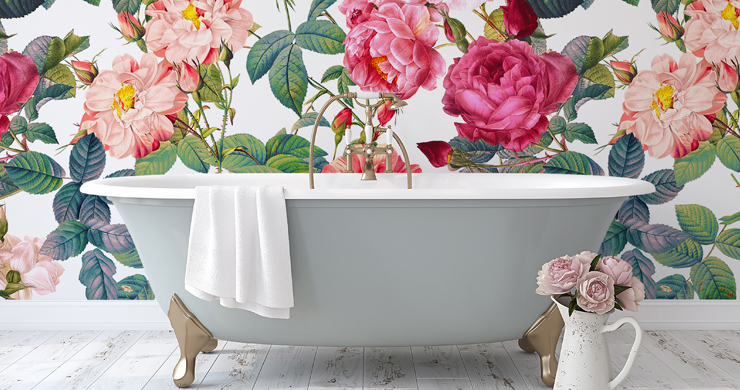
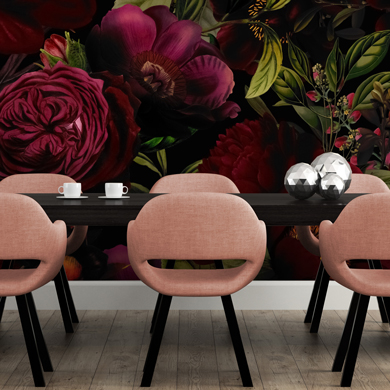
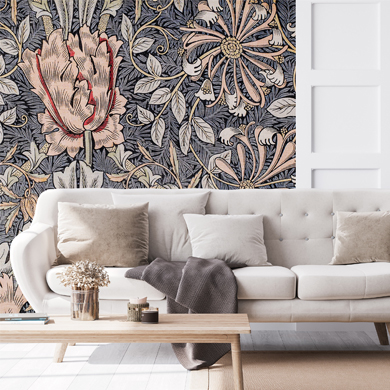
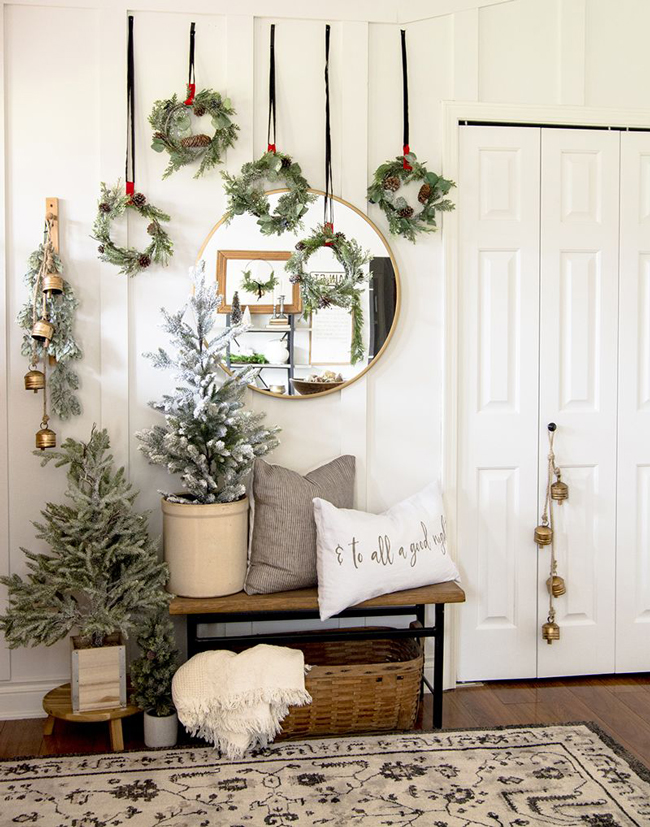
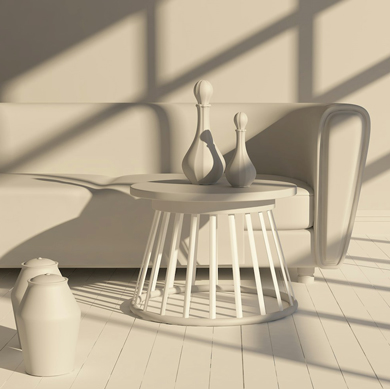
Latest Social